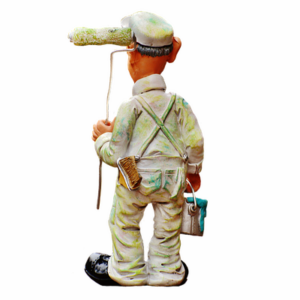Failure of House Paints from Moisture - Part 2: Controls

The first step in solving a house-paint moisture blistering or peeling problem is to determine the source of the water that is doing the damage. In the next blog we will examine solutions to the problem.
Outside Water Clues
- It can occur on both heated and unheated buildings
- It only occurs on surfaces that can be wetted by rain and dew.
- It will be most pronounced at edges and ends of boards and where water is held on the surface.
- It occurs after rain or heavy dew and is associated with a brown discoloration.
- It occurs below roof valleys and corners where rain runoff from the roof excessively wets the side wall of the house.
Inside Water Clues
- Blistering or peeling caused by plumbing leaks. Such damage is not seasonal and is localized.
- Failure of paint at the gable ends and high on the side walls of a house indicates moisture condensation in the attic and inadequate provision for ventilation to keep the attic dry.
- Blistering or peeling caused by condensation of moisture vapor in side walls (cold-weather condensation) can often be observed under the following conditions:
- It is usually most severe on the coldest (north) side of the building or outside unheated rooms such as closets.
- It is likely to be concentrated outside rooms having high humidity, such as bathrooms, kitchens, or rooms in which water vaporizers are used.
- The blisters appear in localized areas on the house in late winter or early spring before the spring rains.
- The damage occurs on wood protected from rain and dew, as well as on wood which is unprotected from the weather.
- The damage only occurs with heated buildings.
- The building has no vapor barrier.
- The building has a humidifier. Also, window frames and sills are badly stained due to excessive water condensation on the inside window panes.
Meet the Author
Dr. Todd Shupe is the President of Wood Science Consulting, LLC. He is a well-recognized expert on wood forensics, wood preservation, wood decay and degradation, and wood species identification. He has a broad background in new product development, quality management, and marketing and sales in both the public and private sectors. For more information please visit DrToddShupe.com.
We welcome your comments below.
Thank you for visiting. We trust that you have enjoyed reading our articles.
Liked this post? Read more below or search for more topics . . .

